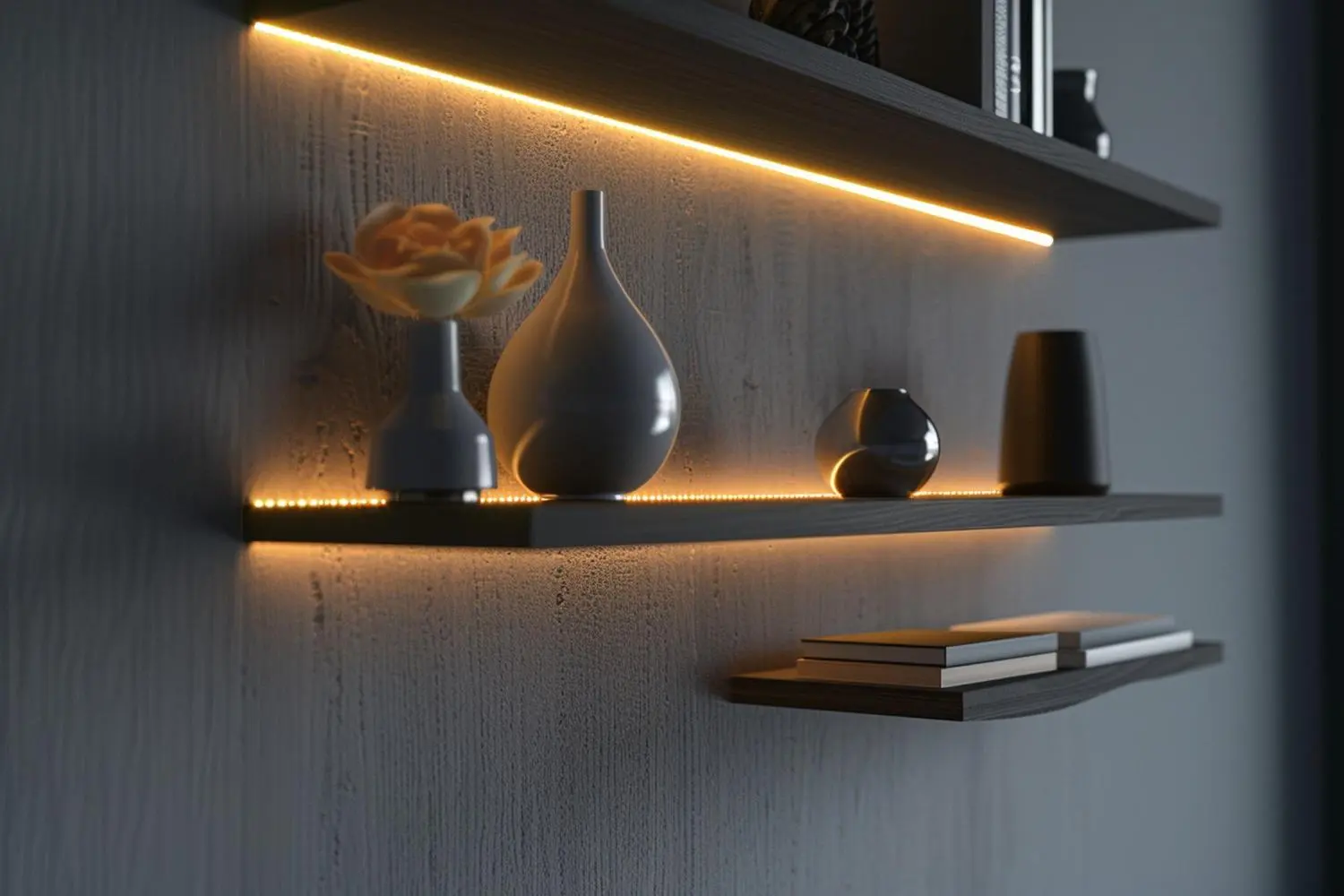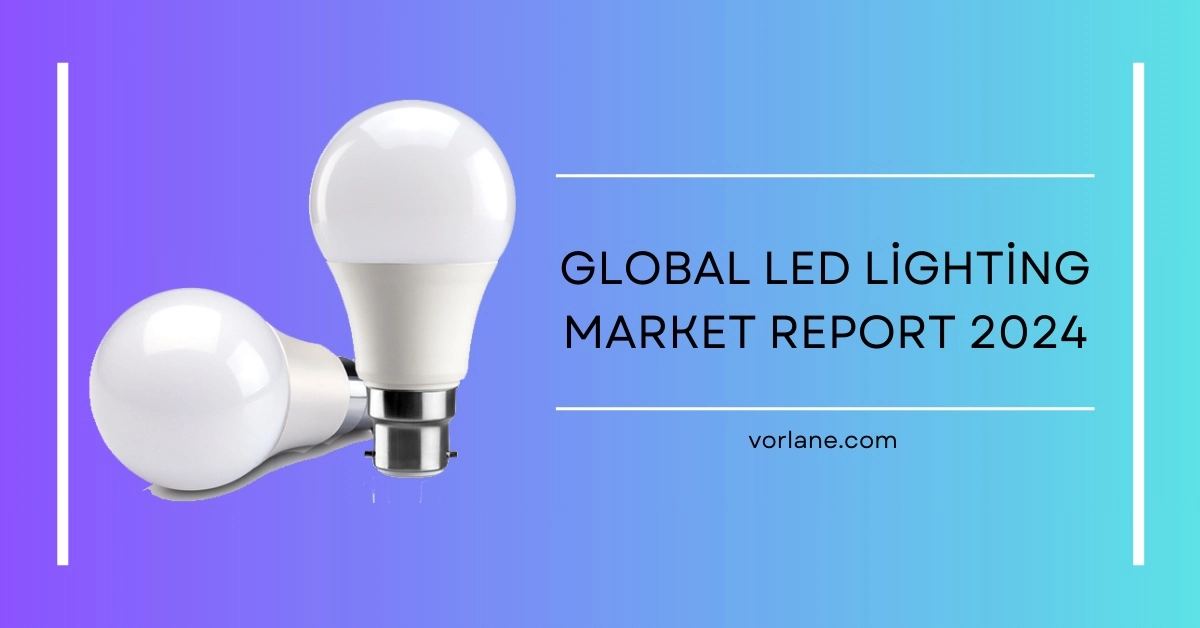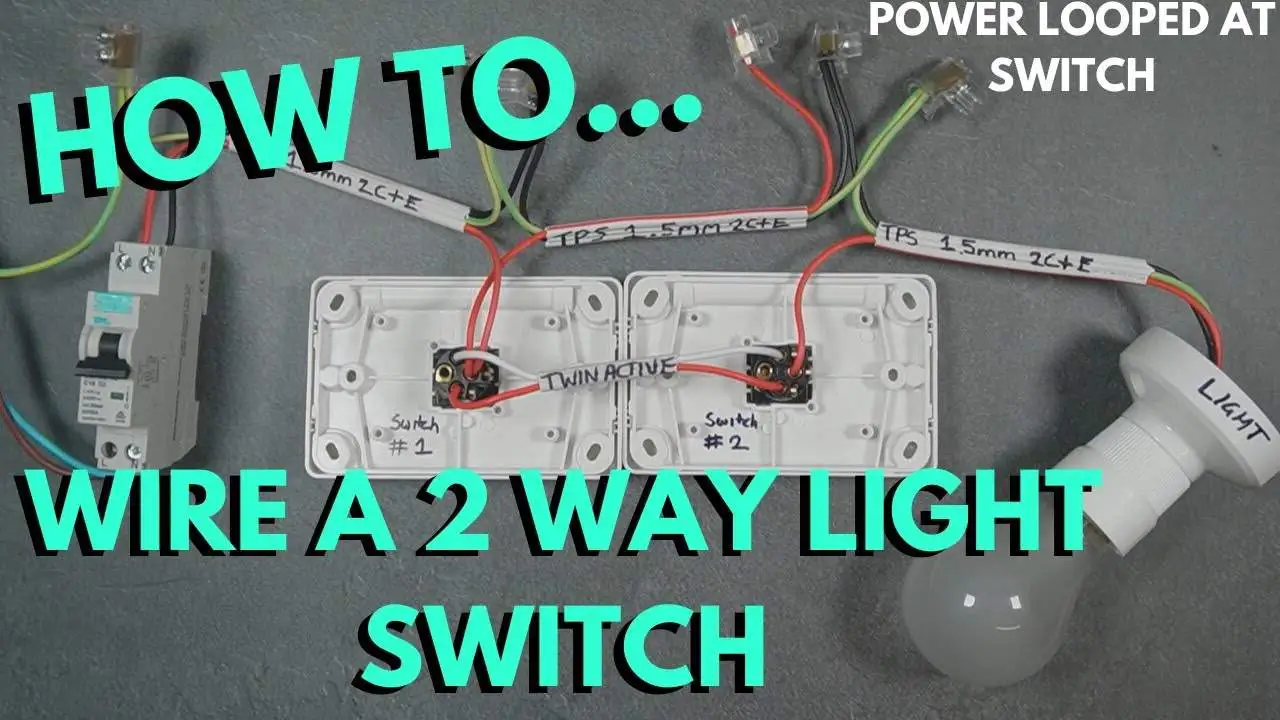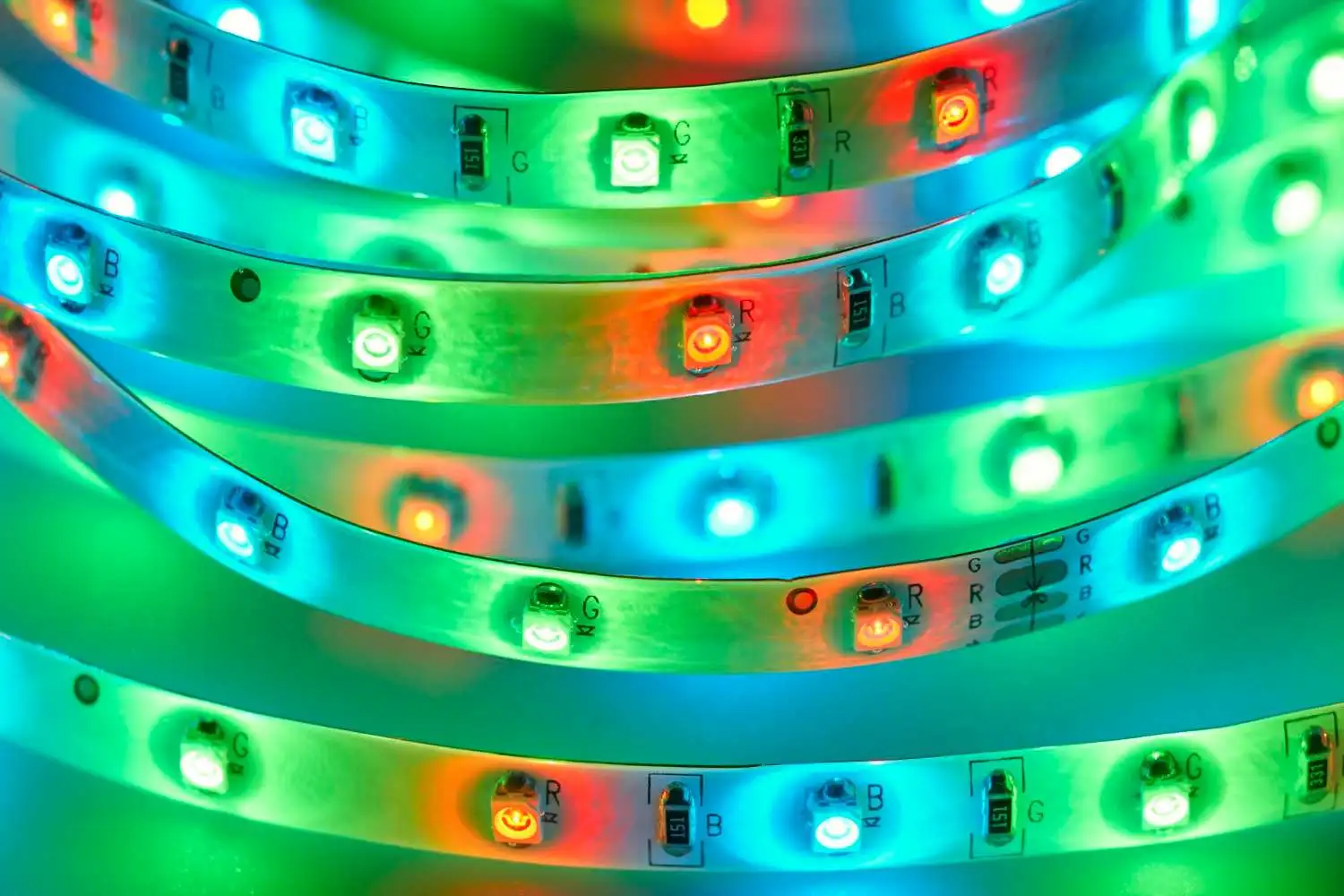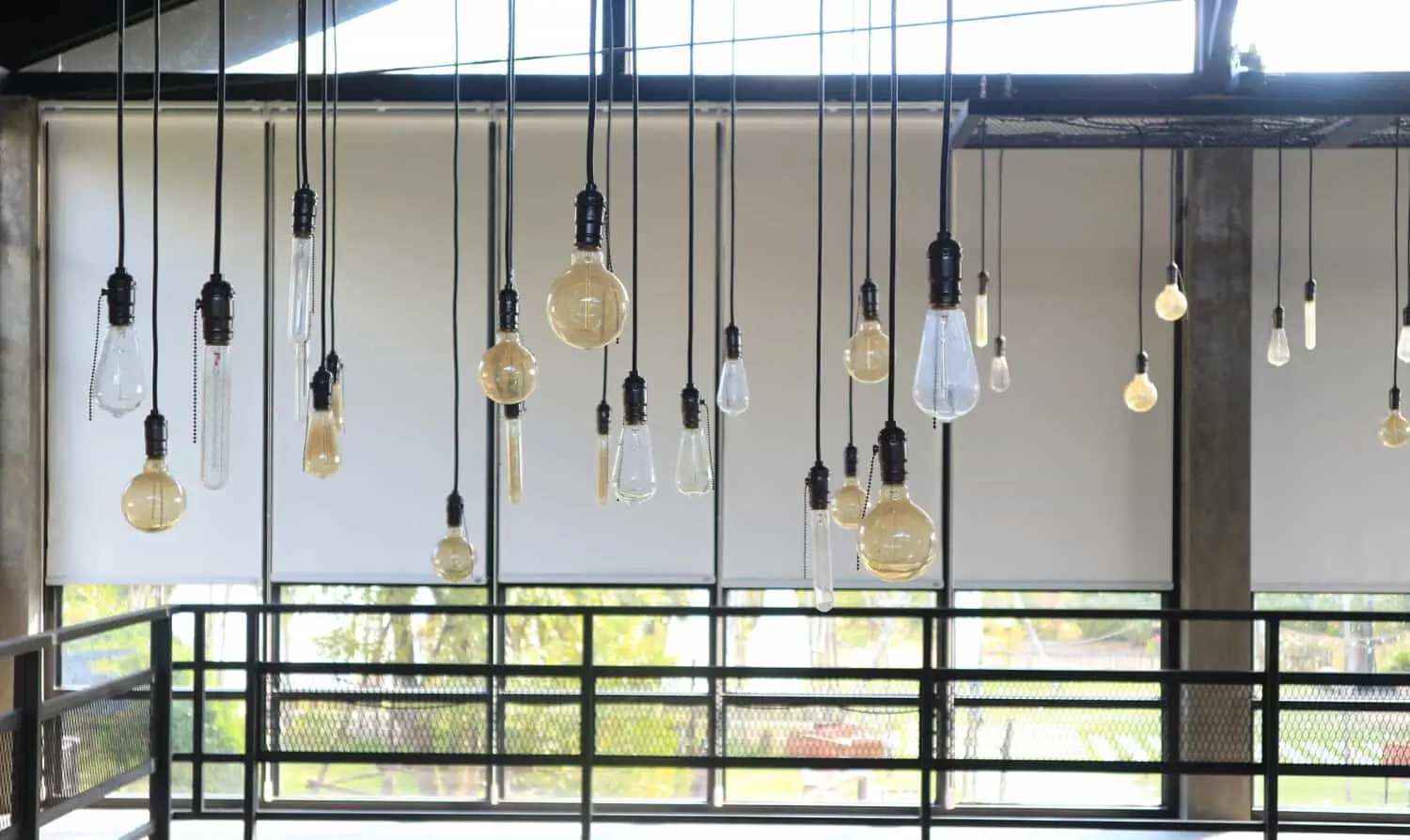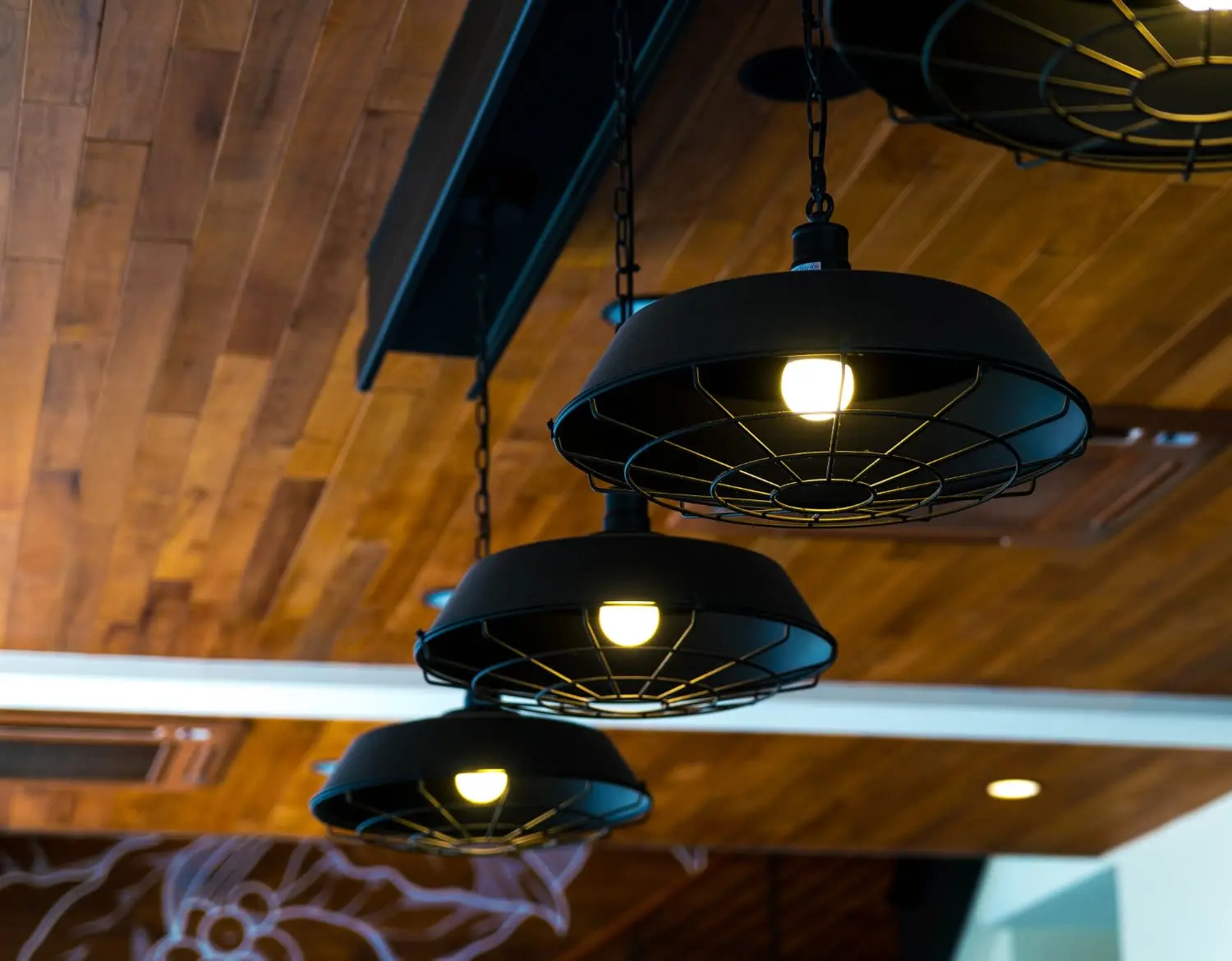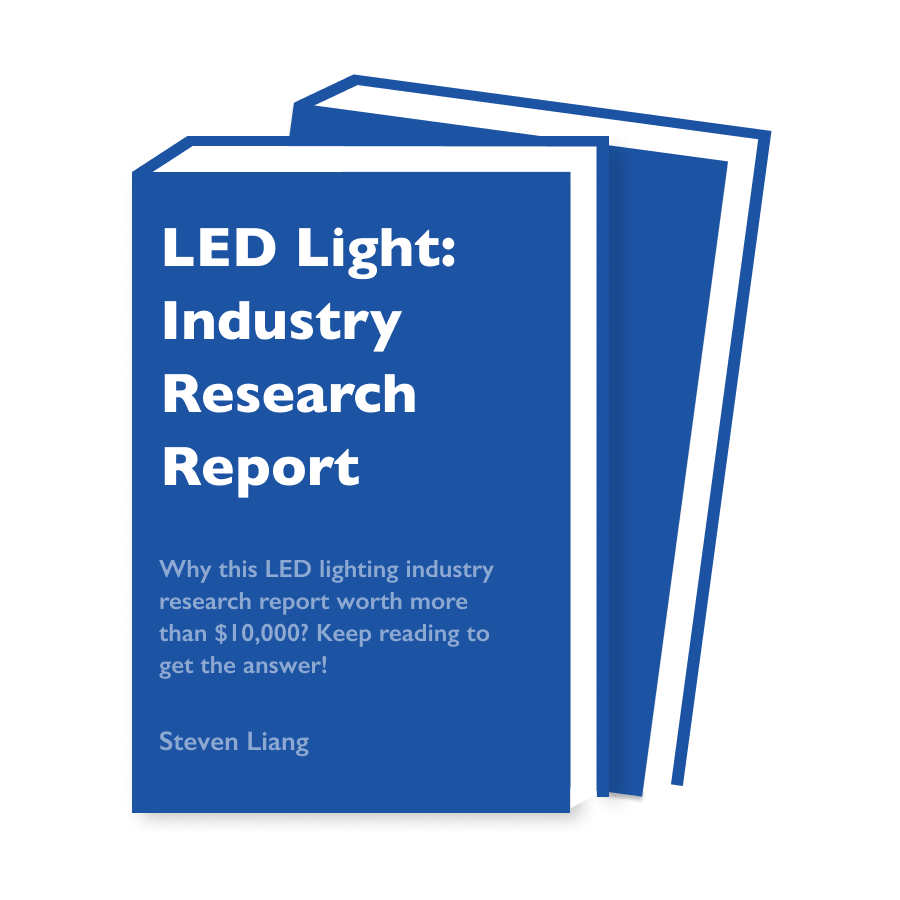When it comes to business, making choices that save money is always a top priority. So, when you’re considering what kind of lighting to install in your office or store, it’s important to understand the difference between LED and traditional lighting.
LED lighting is more energy-efficient than traditional lighting, and it also has a longer lifespan. While traditional lighting may be cheaper upfront, LED lighting can actually save you more money in the long run.
Still undecided on which type of lighting is best for your business? Keep reading to learn more about the differences between LED and traditional lighting and find out which is best for your business.
History of Lighting Evolution
A light is a device that emits light from a source and allows an observer to see in the dark. Throughout history, humans have used various types of lights for different purposes. The evolution of lighting technology has led to the development of many different types of lights, including LED lights and traditional light bulbs.
Pre-Industrial Lighting
Prior to the Industrial Revolution, light sources were limited and often unreliable. Candles were one of the most common sources of indoor lighting in Europe during the Middle Ages, while oil lamps were more prevalent in Asia. In addition to providing a source of illumination, candles and oil lamps provided warmth in the home and were used to mark important ceremonies.
Industrial Revolution
The development of electricity during the Industrial Revolution led to a dramatic shift in lighting technology, allowing for bright and efficient lighting systems. In the mid-1800s, the first electric light bulbs were developed. People have used traditional light bulbs, also known as incandescent light bulbs, for many years, and they are still common in both residences and workplaces.
LED Lighting
In recent decades, LED lighting has become increasingly popular due to its greater efficiency and longer lifespan compared to traditional light bulbs. LED lights are more efficient and customizable than traditional light bulbs, saving you money while also being eco-friendly. You can control the LED lights’ brightness and color temperature to create different lighting effects for your home or office.
The history of lighting evolution has led to the development of many different types of lights, and LED lighting is one of the most promising solutions for modern lighting needs. With their efficiency, cost-effectiveness, and environmental friendliness, LED lights have become a popular choice for homes, businesses, and other organizations.
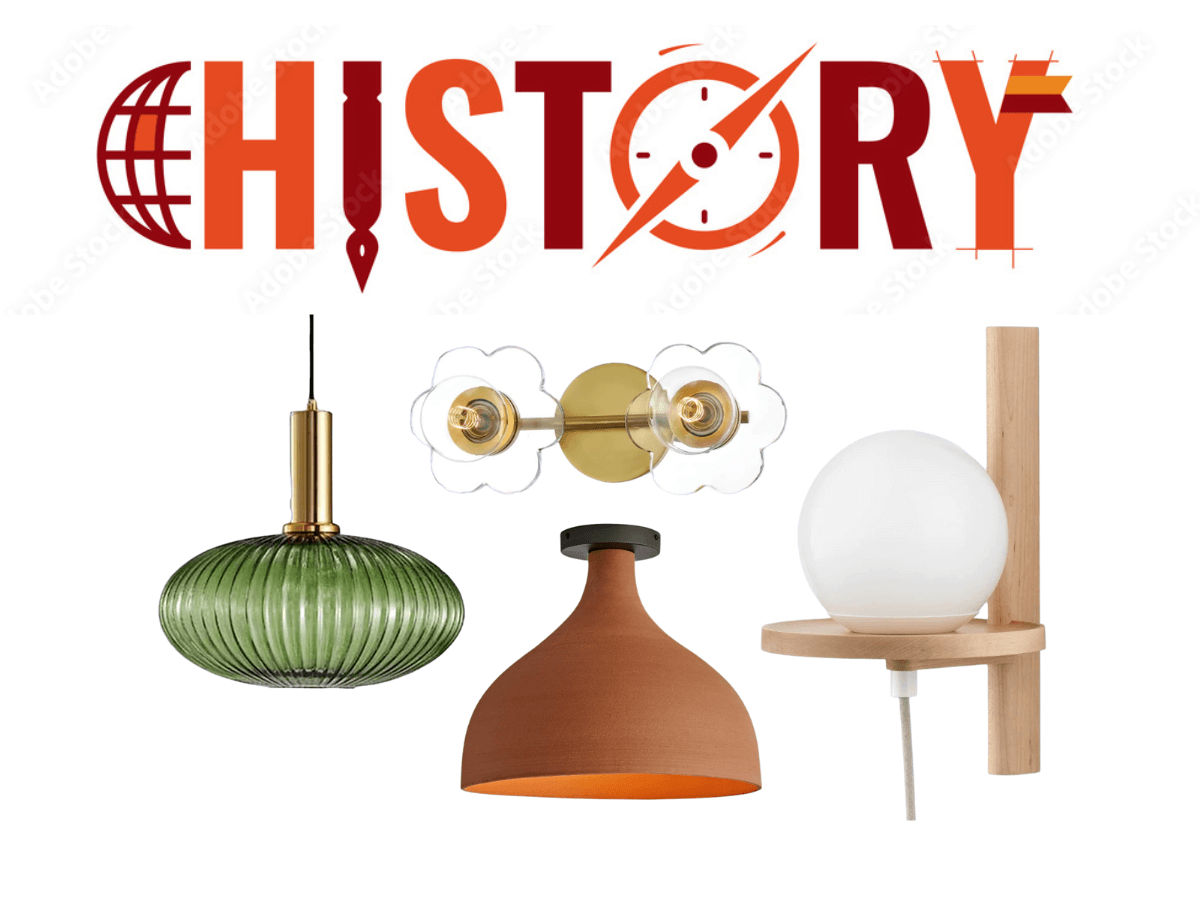
Basics of LED Lighting and Traditional Lighting
LED lighting is a relatively new technology compared to traditional lighting. LEDs, or light-emitting diodes, are highly efficient and can last up to 50 times longer than traditional bulbs. They also use significantly less energy, produce very little heat, and are available in different colors that can be changed with the flick of a switch.
Traditional lighting is commonly found in homes, businesses, and other public spaces. It typically uses incandescent bulbs or CFLs (compact fluorescent lamps). Incandescent bulbs are much less efficient than LEDs and will burn out quickly, while CFLs have a longer lifespan but still use more energy than LED lights. Additionally, traditional lighting produces significantly more heat and is not available in multiple colors.
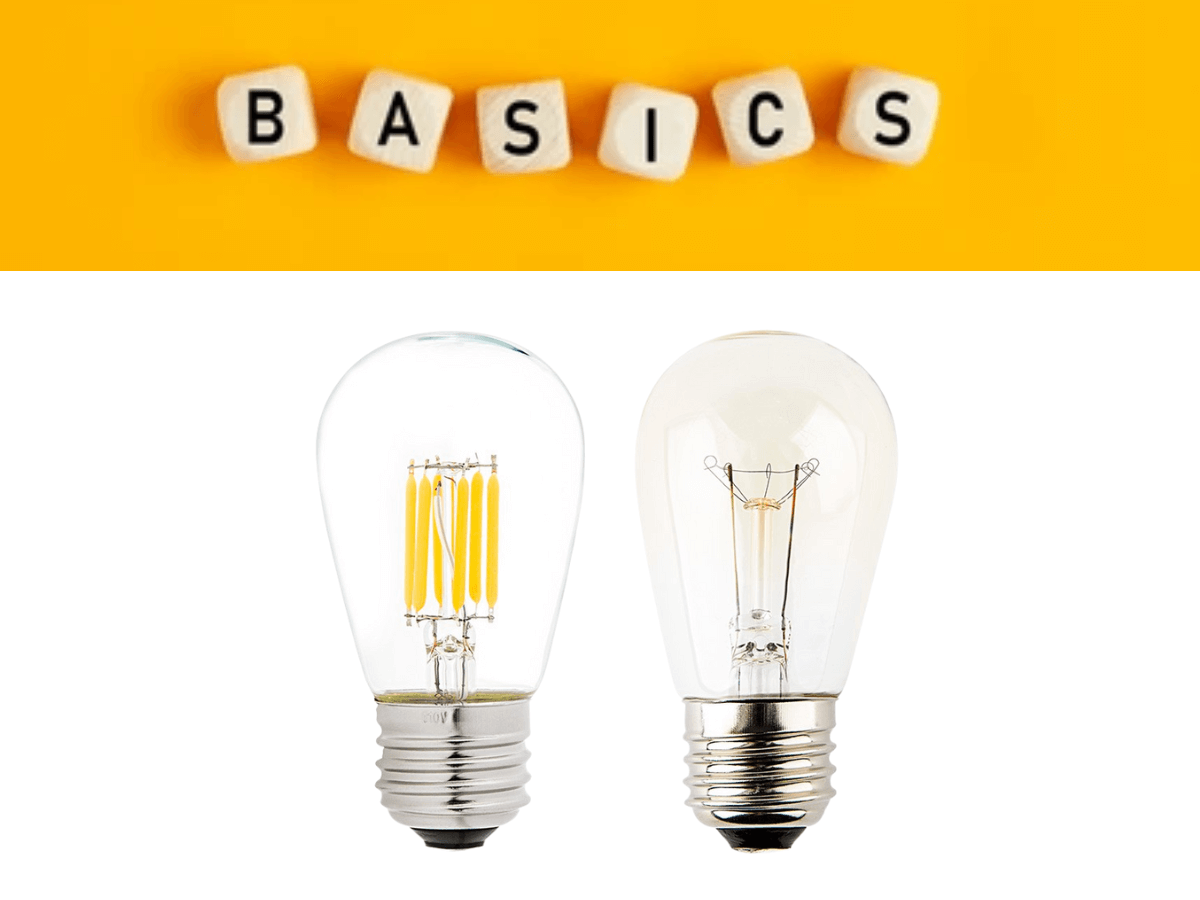
How Does It Work: LED Lighting vs Traditional Lighting
Both LED lighting and traditional lighting work by converting electrical energy into light. However, the way this is done is quite different.
Traditional Lighting
Traditional lighting works by passing an electrical current through a filament. This causes the filament to heat up and emit light. This process is known as incandescent lighting. This type of lighting is very inefficient, as most of the energy used to create the light is actually converted into heat instead.
LED Lighting
LED lighting works differently. LED lights contain a diode that converts electrical energy directly into light. This makes them much more efficient than traditional bulbs, as they are able to convert most of their energy into light rather than heat. This also makes them much longer-lasting, as the diode does not need to be replaced or serviced for many years.
In conclusion, LED lighting is much more efficient and long-lasting than traditional lighting. It works by converting electrical energy directly into light through a diode, rather than converting it into heat through a filament. This makes LED lighting an ideal choice for environmentally conscious individuals or businesses looking to save money on their energy bills.
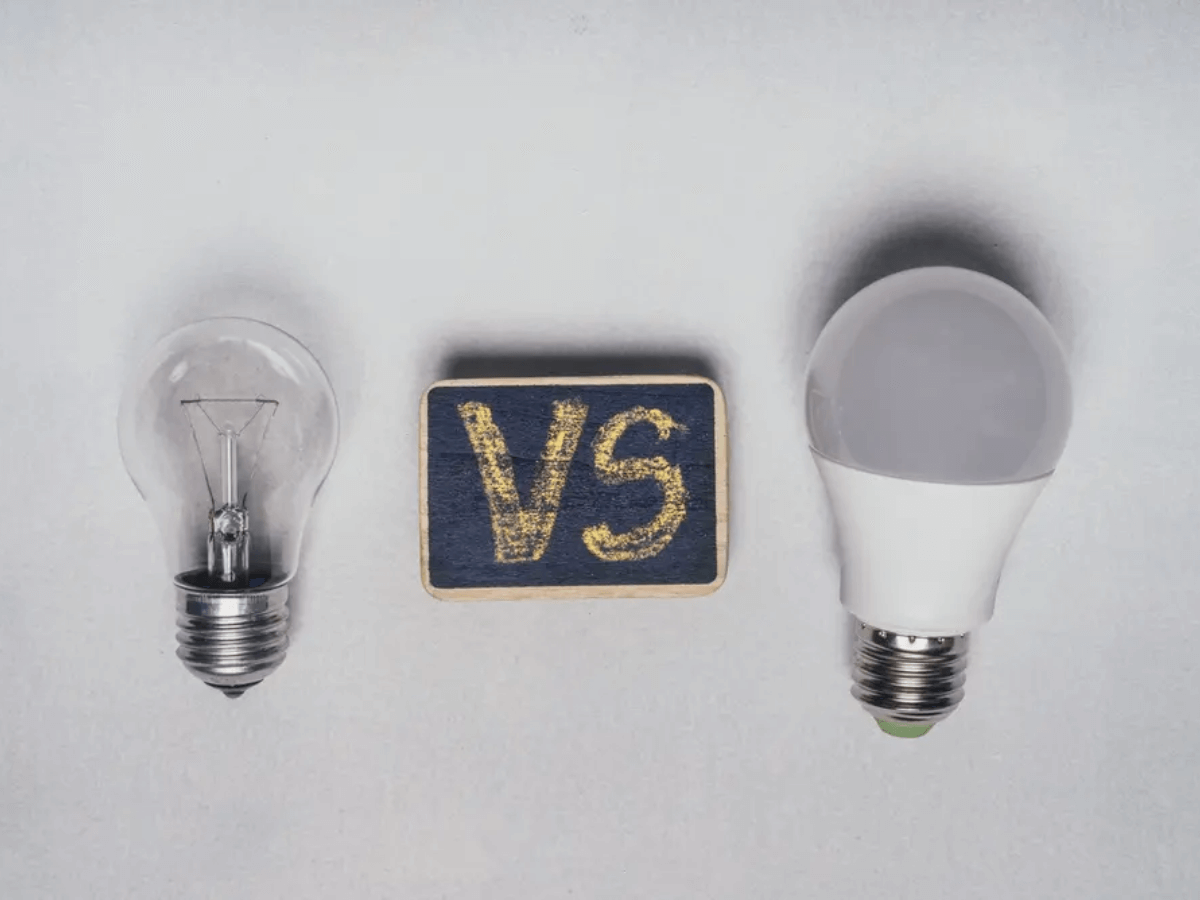
Key Differences Between LED and Traditional Lighting
LED lighting and traditional lighting both provide illumination, but the key differences between them are important to consider when deciding which is the best choice for a particular application. Here are four key differences between LED and traditional lighting:
#1 Energy Efficiency
LED lighting is much more energy efficient than traditional lighting, such as halogen lamps, incandescent bulbs, and fluorescent tubes. LEDs can convert up to 80% of their inputs into usable light, while traditional bulbs are only able to convert approximately 10-20%. This means that LED lights use considerably less electricity, resulting in significant cost savings.
#2 Lifetime
LED lights have a significantly longer lifetime than traditional lighting. LEDs can last up to 50,000 hours, while traditional bulbs typically last around 1,000-2,000 hours. This means that LED lights will need to be replaced far less often than traditional bulbs, providing further cost savings over the long term.
#3 Brightness and Quality of Light
LEDs produce a much brighter, higher quality light than traditional bulbs. LEDs emit a consistent, clear light, with no flickering or buzzing like that of fluorescent tubes, and they do not require warm-up time as incandescent bulbs do.
#4 Environmental Impact
The energy efficiency of LED lighting means that it has less environmental impact due to reduced electricity consumption. In addition, leds contain no toxic materials such as mercury which are found in traditional bulbs, meaning they can be safely disposed of without danger to the environment.
#5 Price
While LED lighting is more energy efficient than traditional bulbs, it is also more expensive. This is due to the higher initial cost of LED lights, as well as the fact that they last longer. However, over time, LEDs will prove to be more cost effective due to the reduced need for replacements.
By taking into account these key differences between LED lighting and traditional bulbs, you can make an informed decision when it comes to choosing the best lighting option for your particular application. If you would like more information on LED and traditional lighting, please do not hesitate to contact us at Vorlane. We would be happy to assist you.
LED Lighting vs Traditional Lighting: Pros and Cons
We know how hard it is to choose the right type of lighting for your home or office. To make your decision easier, we’ve created a list of the advantages and disadvantages of LED and traditional lighting.
Pros and Cons of LED Lighting
Pros
- LED lighting is more energy efficient than traditional lighting options, using up to 75% less electricity than incandescent bulbs.
- LEDs also have a much longer lifetime than traditional lighting options, with an average life of 50,000 hours.
- LEDs are also much more durable, they are resistant to shocks, vibrations and extreme temperatures, which makes them ideal for areas with harsh weather conditions.
Cons
- LED lighting can be quite expensive to purchase upfront.
- LEDs also emit a much brighter light than traditional incandescent bulbs, which can be blinding for some people.
- LED lighting also produces a cooler light, which can be uncomfortable in certain settings.
- Some LED lighting contains hazardous chemicals that can be harmful to the environment.
Pros and Cons of Traditional Lighting
Pros
- Traditional lighting is much less expensive than LEDs, making them a more cost-effective option.
- Traditional lighting also emits a warmer light, making it more comfortable for people in certain settings.
- Traditional lighting also emits a softer light, which is easier on the eyes and can be less blinding.
Cons
- Traditional lighting is not as energy efficient as LED lighting, using up to 75% more electricity than LEDs.
- Traditional lighting also has a much shorter lifetime than LED lighting, with an average life of 1,000 hours.
- Traditional lighting is also not as durable as LEDs, they are prone to shocks, vibrations and extreme temperatures.
Ultimately, LED lighting is a great choice for areas where energy efficiency, long lifetimes, and durability are important. For example, commercial LED panel lights and mostly used in commercial or industrial settings. However, for areas where color options and softer light levels are more important, traditional lighting options may be a better fit. Consider both the pros and cons of these two when deciding which type of lighting to use in your home or business.
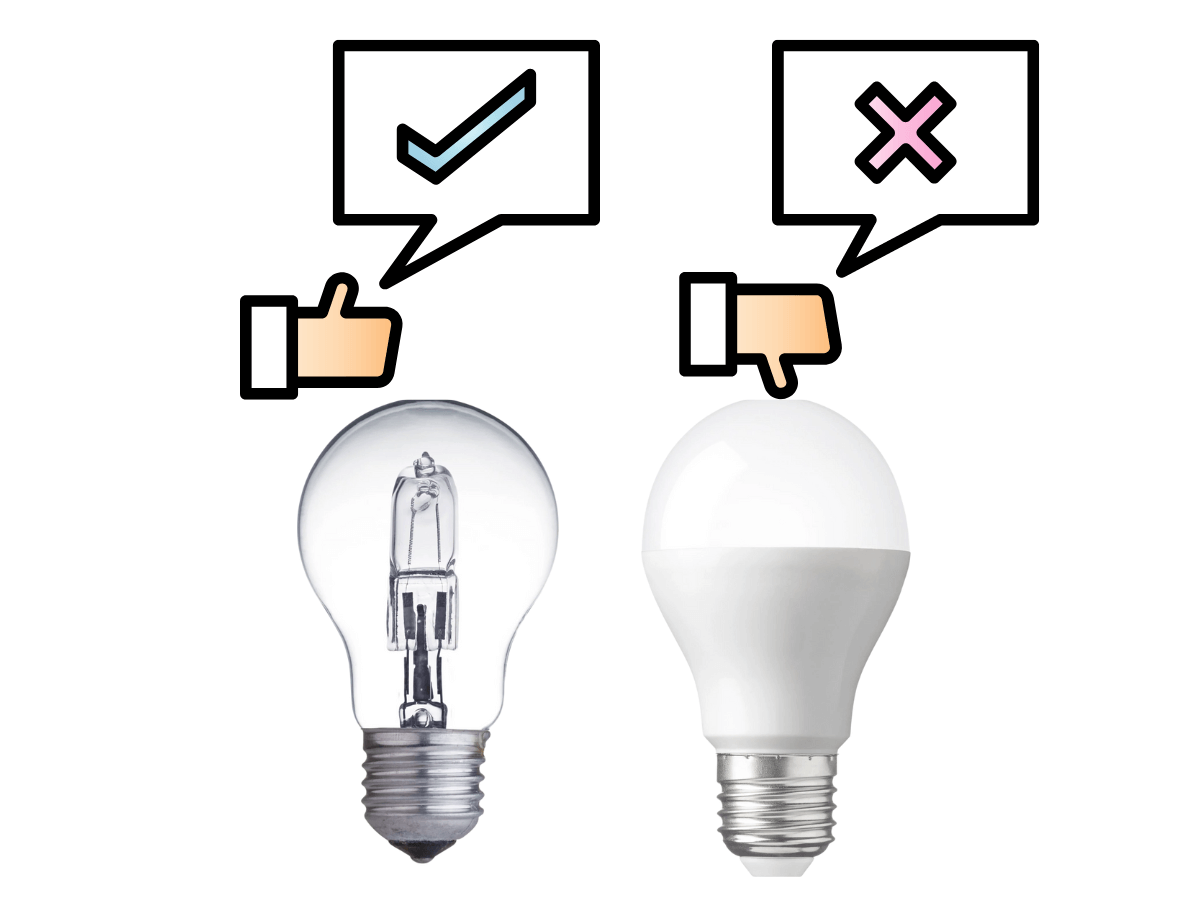
4 Factors To Consider When Choosing Between LED and Traditional Lighting
When deciding whether to use LED lighting or traditional lighting, there are a few key points you’ll want to keep in mind, including
#1 Cost
Firstly, the cost of LED lighting can be significantly higher than that of traditional lighting. It is important to weigh the up-front cost versus the long-term savings of LED lights over the life of their use. Additionally, LED lights, such as LED downlights or LED panel lights, typically have a much longer lifespan than traditional lighting. Therefore, LED lighting can be more cost-effective in the long run.
#2 Maintenance
LED lighting requires much less maintenance in comparison to traditional lighting. As LED lights last much longer than traditional lights, you can save money on labor costs associated with replacing bulbs. Additionally, LED lights are much more energy-efficient and require less frequent replacement than traditional lights.
#3 Light Quality
LED lighting provides a much better quality of light than traditional lighting. LEDs have the ability to produce brighter and more uniform light, which can be beneficial in a wide range of applications. Furthermore, LED lights are much more capable of being adjusted and controlled than traditional lighting so that the perfect lighting conditions can be achieved.
#4 Environmental Impact
LED lights are much more eco-friendly than traditional lighting. They consume much less energy than traditional lighting and also produce significantly less CO2. Additionally, LED lights do not contain any toxic materials that can harm the environment or human health.
Overall, LED lighting vs traditional lighting is a difficult decision to make but one that should not be taken lightly. It is important to consider all of the factors mentioned above in order to make an informed decision. If you have any questions or would like more information, please don’t hesitate to contact us at Vorlane. We are here to help!
| Cost | LED lights typically have a much longer lifespan than traditional lighting. Therefore, LED lighting can be more cost-effective in the long run. |
| Maintenance | LED lights are much more energy-efficient and require less frequent replacement than traditional lights. |
| Light Quality | LED lights are much more capable of being adjusted and controlled than traditional lighting so that the perfect lighting conditions can be achieved. |
| Environmental Impact | LED lights are much more eco-friendly than traditional lighting. They consume much less energy than traditional lighting and also produce significantly less CO2. |
5 Buying Tips About LED Lighting
LED lights are becoming increasingly popular for a variety of reasons. Here are some tips to keep in mind when buying LED lights:
#1 Certification
Look for lights that are Energy Star certified. This certification ensures that the LED lights you purchase meet the highest standards of energy efficiency, performance and reliability.
#2 Lifespan
LED lights typically have a much longer lifespan than traditional lighting. When comparing LED lights, make sure to look at the lifespan of each product to ensure you’re getting the best value.
#3 Color Temperature
The color temperature of LED lights can vary significantly. Make sure to check the color temperature rating before purchasing LED lights to ensure that it meets your needs.
#4 Light Output
The light output of LED lights can also vary significantly. Look for LED lights that provide the best balance between brightness and energy efficiency.
#5 Price
LED lights can be more expensive than traditional lighting. Make sure to compare prices between different LED lights to ensure you’re getting the best value.
By following these tips, you can be sure that you are getting the best LED lights for your needs. Make sure you purchase LED lights from a reputable brand. Purchasing LED lighting from a well-known and trusted manufacturer like Vorlane will give you peace of mind that the LED lights will last and be safe to use.

Navigating the Recycling Path for LED Lights
Understanding LED Recycling
Diving into LED recycling is a journey of breaking down these eco-friendly lights into their core components. Metals get a new lease on life in other products, while the minimal hazardous materials, a shadow of what you’d find in traditional bulbs, are handled with care. It’s a meticulous process ensuring that nothing goes to waste.
Challenges in LED Recycling
The road to recycling LEDs isn’t without its bumps. Despite their environmental edge, specialized recycling programs for LEDs are still catching up. The scarcity of facilities equipped to handle them means we’ve got some ground to cover in making LED recycling as commonplace as it should be.
How to Recycle LED Lights
So, you’re ready to do your part? Start by reaching out to your local waste management to see if they’re in the LED game. Electronics recyclers are also a good bet and don’t overlook retailer take-back programs. It’s all about finding the right spot to give your LEDs another shot at shining.
In the grand scheme of things, recycling LED lights is about more than just disposing of a bulb; it’s a step towards a more sustainable world. With a little effort, we can all light the way to a brighter, greener future.
Conclusion
LED lighting is more expensive to install but has a longer lifespan and lower energy costs. Traditional lighting may be less expensive to install initially, but it doesn’t last as long and uses significantly more energy.
If you want the best of both worlds, consider installing LED bulbs in fixtures that are turned on for only a few hours a day or less. Contact us today at Vorlane to learn more about our LED Lighting solutions!

